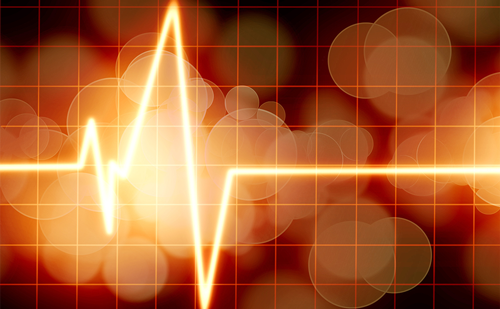Influence diagram of physiological and environmental factors affecting heart rate variability: an extended literature overview
Abstract:
Overview
Heart rate variability (HRV) corresponds to the adaptation of the heart to any stimulus. In fact, among the pathologies affecting HRV the most, there are the cardiovascular diseases and depressive disorders, which are associated with high medical cost in Western societies. Consequently, HRV is now widely used as an index of health. In order to better understand how this adaptation takes place, it is necessary to examine which factors directly influence HRV, whether they have a physiological or environmental origin. The primary objective of this research is therefore to conduct a literature review in order to get a comprehensive overview of the subject. The system of these factors affecting HRV can be divided into the following five categories: physiological and pathological factors, environmental factors, lifestyle factors, non-modifiable factors and effects. The direct interrelationships between these factors and HRV can be regrouped into an influence diagram. This diagram can therefore serve as a basis to improve daily clinical practice as well as help design even more precise research protocols.
Keywords
Cardiac coherence, Heart rate variability, Influence diagram, Literature overview
Article:
Article Information:
Disclosure
Financial support: The authors would like to thank the Fondation
canadienne pour l’enseignement et la recherche en ostéopathie for
participating in the publishing fees.
Correspondence
Julien Fatisson Association Québécoise de Recherche en Ostéopathie (AQRO) Département de l’activité physique Faculté des sciences UQÀM, Complexe des Sciences Pavillon des sciences biologiques (SB) Local: SB-4630 141, Avenue du Président Kennedy Montréal,







